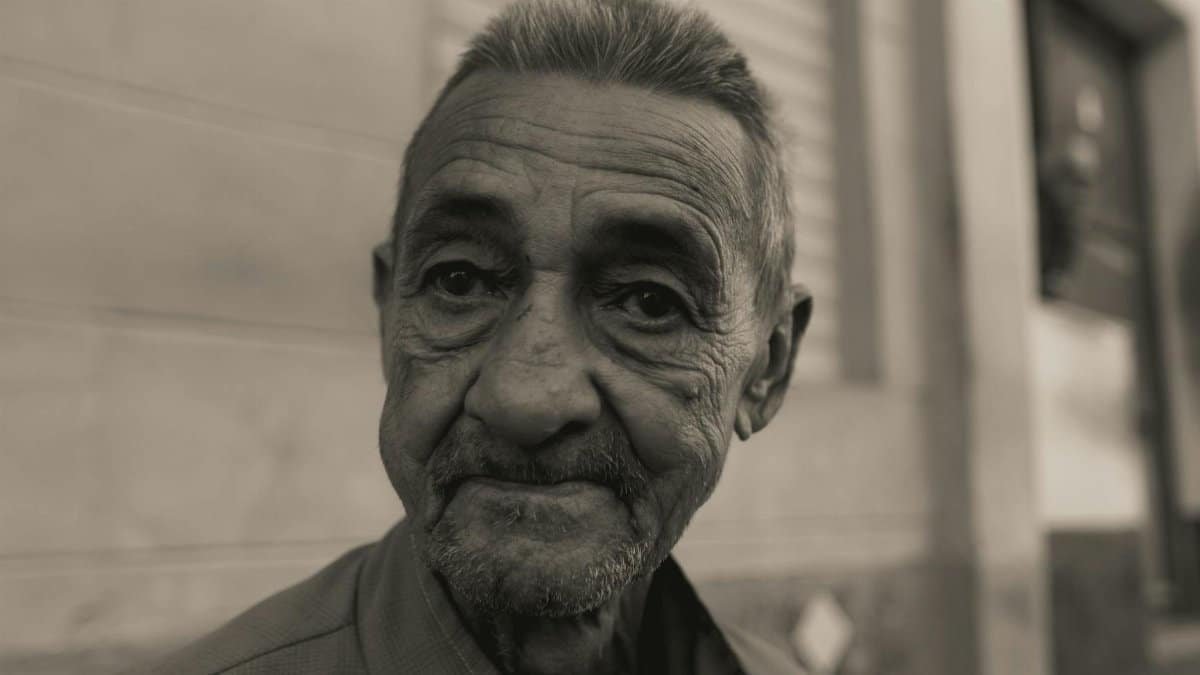In a world buzzing with distractions, presence peace emerges as a quiet revolution. Simply put, presence peace is the practice of fully inhabiting the present moment to cultivate inner calm, and it matters because studies show it can slash stress levels by up to 40%. As more Americans grapple with anxiety in 2025, this concept is gaining traction in spiritual and wellness circles, offering a no-frills path to mental clarity without the need for apps or retreats.
What Presence Peace Really Means

At its core, presence peace isn’t some mystical secret. It’s about tuning into the now, letting go of past regrets and future worries. Experts describe it as a mindful state where awareness meets acceptance. This idea draws from ancient philosophies but fits modern life. For instance, therapists increasingly recommend it for clients battling burnout. In the U.S., where work culture often glorifies hustle, embracing presence peace can feel like a radical act of self-care.
The Science Backing It Up

Research supports the buzz around presence peace. A study from the University of California found that mindfulness practices, which align closely with this concept, improve emotional regulation. Participants reported better sleep and reduced anxiety after just eight weeks. It’s not fluff; brain scans show changes in areas linked to stress response. For credible details, check out the American Psychological Association’s mindfulness resources, which summarize key findings on how presence-based techniques foster peace.
Everyday Ways to Practice

Starting small makes presence peace accessible. Try focusing on your breath during a commute or savoring a meal without scrolling. No fancy equipment required. Wellness coaches suggest setting reminders to pause and observe your surroundings. In busy cities like New York, people are weaving this into daily routines, from subway rides to coffee breaks. The key is consistency, turning fleeting moments into habits that build lasting calm.
Challenges in Achieving It

Not everyone slides into presence peace easily. Distractions abound, from notifications to endless to-do lists. Some struggle with intrusive thoughts, making the present feel elusive. Experts note that beginners often face frustration, mistaking it for failure. But persistence pays off. Therapy sessions increasingly address these hurdles, helping individuals reframe setbacks as part of the journey toward inner tranquility.
Impact on Mental Health Trends

In 2025, presence peace is influencing U.S. mental health conversations. With rising reports of loneliness, this practice encourages self-connection. Organizations like the National Alliance on Mental Illness highlight how mindfulness reduces depression symptoms. It’s popping up in corporate wellness programs, too, as companies combat employee burnout. The shift reflects a broader trend: Americans seeking sustainable ways to manage stress amid economic pressures and social changes.
Real Stories from Practitioners

Take Mark Thompson, a Chicago teacher who discovered presence peace during a tough year. “It changed how I handle chaos,” he says. “Instead of reacting, I respond.” His experience echoes many shared on forums and podcasts. In spiritual communities, anecdotes abound of people finding solace in simple awareness. These stories underscore the concept’s appeal, proving it’s not just theory but a practical tool for everyday resilience.
Connecting to Broader Spirituality

Presence peace ties into various spiritual traditions. From Buddhism’s emphasis on the now to Christian contemplative prayer, it’s a universal thread. In the U.S., interfaith groups are exploring it as a bridge for dialogue. Retreats focused on this theme are booming, drawing diverse crowds. For deeper insights, visit the Greater Good Science Center at UC Berkeley, which offers articles on mindfulness in spiritual contexts.
Potential Pitfalls to Watch

While beneficial, presence peace isn’t a cure-all. Critics warn against using it to bypass real issues, like systemic inequalities. Overemphasis on the individual can ignore collective needs. Wellness influencers sometimes hype it unrealistically, leading to disappointment. Balanced approaches recommend combining it with action-oriented steps, ensuring it’s a tool, not an escape.
Future Applications in Daily Life

Looking ahead, presence peace could reshape education and healthcare. Schools are piloting programs to teach kids mindful presence, aiming to boost focus. In medicine, it’s aiding pain management for chronic conditions. As 2025 unfolds, expect more integration into apps and therapy, making it easier for skeptics to try. The evolving landscape shows this isn’t a fad but a foundational shift toward intentional living.
